Summer Solstice in Japan 2024: Special Foods, Events, and Spirituality

The summer solstice is the day with the most hours of sunlight. Along with the winter solstice, spring equinox and autumn equinox, it acts as an important division between seasons. Today, we feature the 2024 summer solstice along with food and events.
The Summer Solstice in Japanese Culture
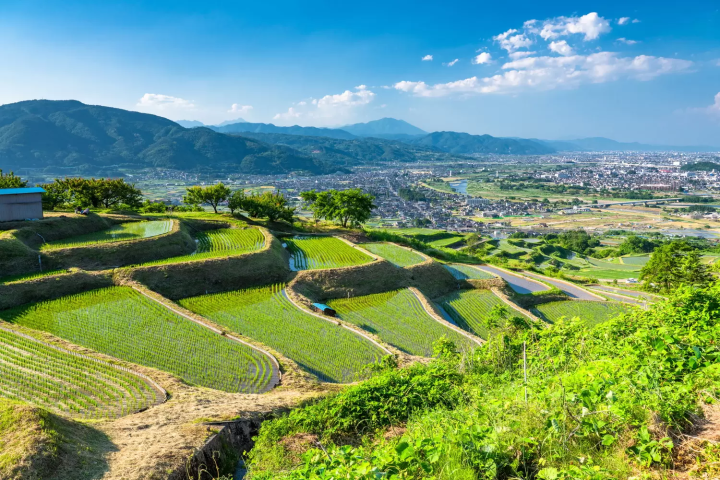
The summer solstice is the time for rice planting. Photo by Pixta
In the northern hemisphere, which includes Japan, the summer solstice (called geshi in Japanese) is the longest day of the year (from sunrise to sunset) and marks the beginning of summer.
On this day the sun's mid-south altitude is at its highest point. It also denotes one of the seasonal classifications in Nijushisekki—24 divisions of the solar year—a system used in both Japan and China.
In Japan, the summer solstice falls during the busy farming season. So compared to New Year's or Obon there are fewer celebratory events. However, there are unique solstice-related foods and events to recognize this time of the year.
This article will introduce the 2024 summer solstice, solstice foods and events, as well as the spiritual significance of this special day in Japanese culture.
The Date of the Summer Solstice in 2024
The 2024 summer solstice falls on Friday, June 21. In Tokyo, the sun will rise at 4:26 and set at 19:00—resulting in 14 hours and 30 minutes of daylight.
According to the 24 divisions of the solar year, the summer solstice period runs from June 21 until July 6. This is followed by "the season of mild heat" (called shosho in Japanese), which is the 11th division of the solar year.
Summer Solstice Food in Japan
The image of summer solstice food might be rather simple when compared to elegant New Year's dishes such as osechi cuisine and ozoni. But in every region of Japan, there are several solstice-related foods representing this time of the year.
Winter Melon (Togan)
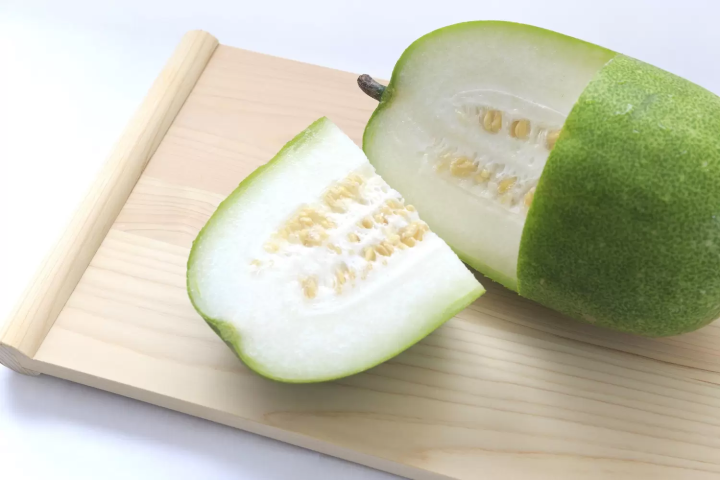
Photo by Pixta
Winter melon is known as a food available during the solstice period. Though the word "winter" appears in its name, it's actually a summer vegetable. It's the perfect food for warding off summer fatigue because it's rich in vitamin C and potassium with a high water content.
The winter melon corresponds to the summer solstice. In contrast, there is a custom in Japan of eating pumpkins during the winter solstice—the shortest day of the year.
Octopus
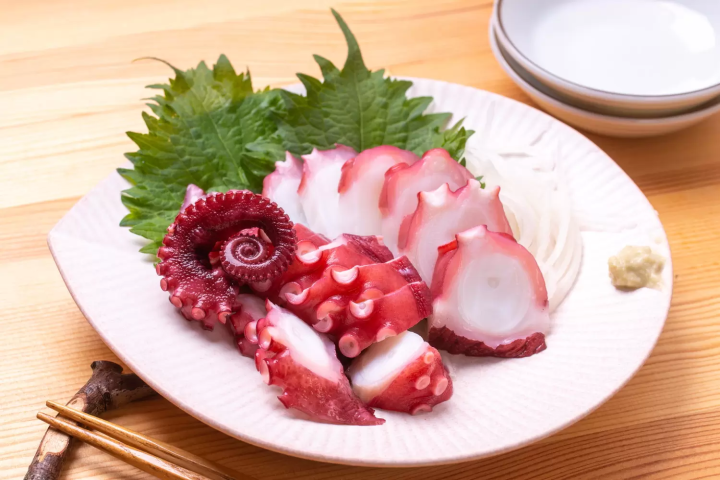
Photo by Pixta
The Kansai region has a custom of eating octopus (tako) during hangesho, the 11th day after the summer solstice. The rice planting season also falls during the solstice period. In fact, hangesho was originally considered to be a rough guideline for when to finish rice planting.
Since octopuses have eight legs, it represents the hope of farmers that rice plants spread out their roots in all directions just like the legs of an octopus. This prayer for a bountiful harvest led to octopus becoming a solstice food.
Hangesho Mochi Glutinous Rice Cakes
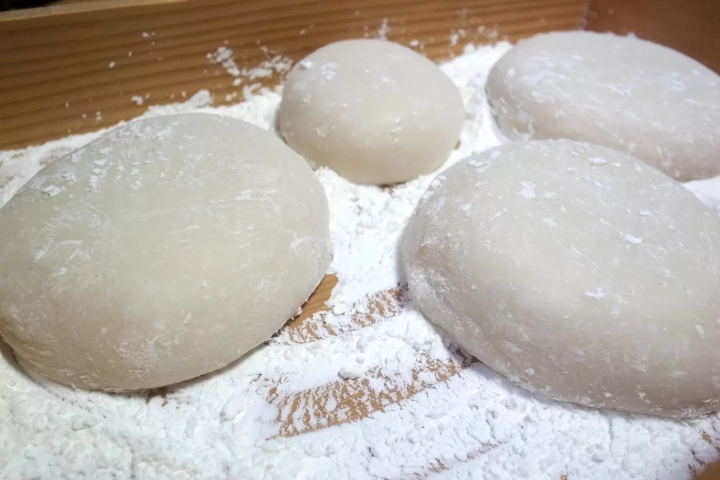
An image of rolled wheat mochi. Photo by Pixta
During the hangesho period, Nara has a custom of making hangesho mochi once the wheat harvest is complete and rice planting has come to an end.
Hangesho mochi is comprised of rolled wheat (wheat flakes) and glutinous rice. Due to its wheat content, hangesho mochi is less sticky than conventional mochi.
Osaka's Katsuraya Honten (Japanese) is a famous shop known for its hangesho mochi.
The Spiritual Significance of the Summer Solstice
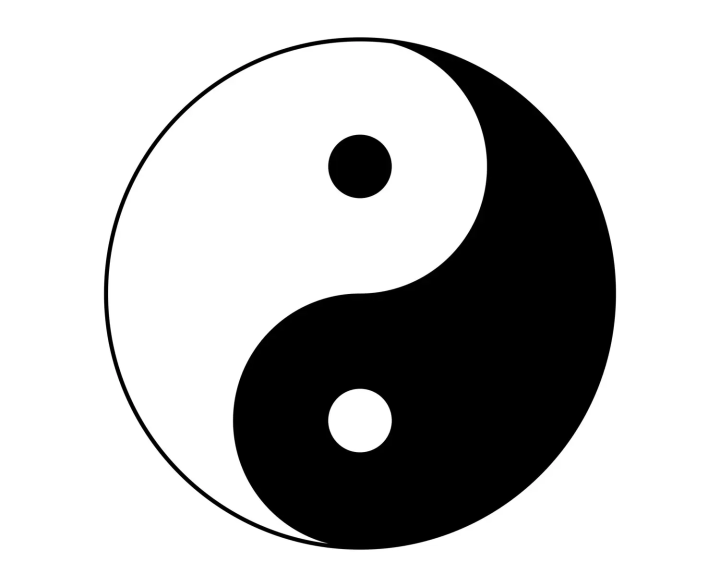
Photo by Pixta
In Japan, there are also people who place importance on the summer solstice for spiritual and health reasons.
For example, the Eastern philosophy of yin and yang places emphasis on seasonal changes. From the spring equinox until the summer solstice, the energy of the yang is stronger, but when the summer solstice is over, the energy of the yin gets stronger once again.
During the summer solstice—the period when the yin and yang switch back and forth—it becomes easier to get sick. So taking care of your body is considered to be important at this time of the year.
Also, people who consult palm readers or astrologers often think of the solstice as a time for changes in their fortunes.
Summer Solstice Events
In Japan, a variety of unique festivals and events are held during the summer solstice period. Next, we'll introduce some of them.
Futami Okitama Shrine

Photo by Pixta
Futami Okitama Shrine is located close to Mie Prefecture's Ise Shrine. The Summer Solstice Festival (Geshi Festival) is held on June 21.
Futami Okitama Shrine has the Meoto Iwa, two "wedded rocks" rising from the sea. The morning sun rises between these two rocks on the summer solstice. During the festival, visitors offer prayers to the sun early in the morning and perform a purification ritual.
For those wanting to join the festival, we recommend making a reservation. For more details please see their official homepage (Japanese).
Tokyo's Zojoji Temple: Candle Night for a Million People
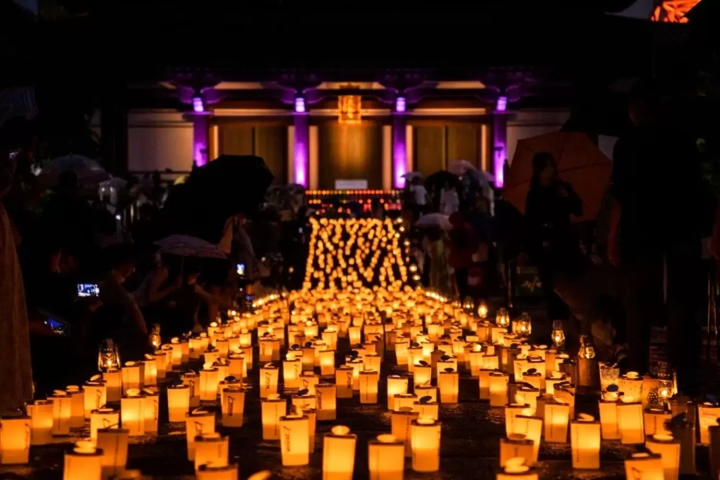
Picture courtesy of PR Times
With the concept of "Turn off the lights and spend the evening slowly," Tokyo's Zojoji Temple has been hosting an event since 2003 called, "Candle Night for a Million People." It's held annually on the summer and winter solstice.
On the day of this event, Zojoji Temple is illuminated by candle art, and visitors can also enjoy the food trucks and mini-stage performances. The lights of Tokyo Tower also get turned off!
For more details on this event in 2024, please see the official homepage (Japanese).
Read also
Shodoshima's Summer Solstice Kannon
YouTube video courtesy of the Setonaikai Broadcasting Corporation
During the summer solstice, an unusual natural phenomenon also occurs.
Dounzan Temple, a sacred spot on Kagawa Prefecture's Shodoshima Island, is known for Geshi Kannon, or Summer Solstice Kannon. During the summer solstice, there's a unique natural phenomenon in which sunlight hitting a cave creates a silhouette in the shape of Kannon—the Goddess of Mercy.
This image is only visible for a few minutes at approximately 15:00 on clear days. This lasts for about 50 days around the time of the solstice from mid-June until early July. Every year many pilgrims come here to see this mystical sight and offer their prayers.
For more details please see the official homepage.
Frequently Asked Questions
Exactly what kind of day is the summer solstice?
The summer solstice is the day when the sun's mid-south altitude is at its highest point in the northern hemisphere (including Japan). This is also the longest day of the year—the day with the most hours of daylight. It also denotes one of the seasonal classifications (a period from about June 21 to July 6) in Nijushisekki—24 divisions of the solar year—a system used in both Japan and China.
What foods are eaten on the summer solstice?
Winter melon is known as a food that's eaten on the summer solstice. It's the perfect food for this hot time of the year because it's rich in vitamin C and potassium, and has a high water content. Other examples of solstice-related foods are octopus in the Kansai region, yakisaba (grilled mackerel) in Fukui Prefecture, and hangesho mochi in Nara Prefecture.
What do people in Japan do on the summer solstice?
In Japan, the summer solstice originally overlapped with the busy farming season. So throughout the country, there weren't very many festivals and events. But, today, there's the Summer Solstice Festival that's held at Mie Prefecture's Futami Okitama Shrine, and also an event called "Candle Night for a Million People," hosted by Tokyo's Zojoji Temple. The summer solstice is also a festival season in Europe, so there are events in Japan for those who like European and western cultures.
What is the longest day of the year?
The summer solstice points to the longest day of the year—in other words, the day with the most hours of daylight between sunrise and sunset. In 2024, the sun will rise in Tokyo at about 4:26 and set at 19:00. So the city will have about 14 hours and 30 minutes of daylight.
When is this year's summer solstice?
The 2024 summer solstice falls on Friday, June 21.
Enjoy the Change of Seasons
The summer solstice is a day on which everyone can feel the blessings of the sun.
Nowadays, it's become more difficult to experience the changing of the seasons because it's so common to spend our lives in air-conditioned environments. So during the summer solstice period, let's turn our attention back to nature!




































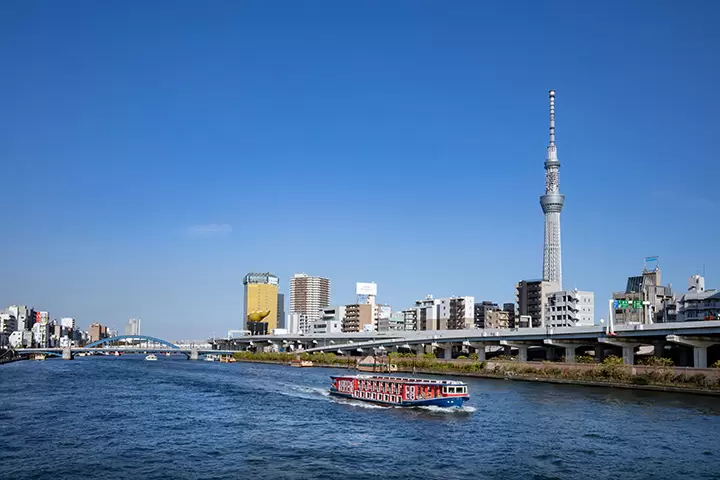


![[Just a short distance from Nagoya] Popular Taiwanese YouTuber Alan tours Aichi, Tokoname!](https://resources.matcha-jp.com/resize/720x2000/2026/01/08-255181.webp)
